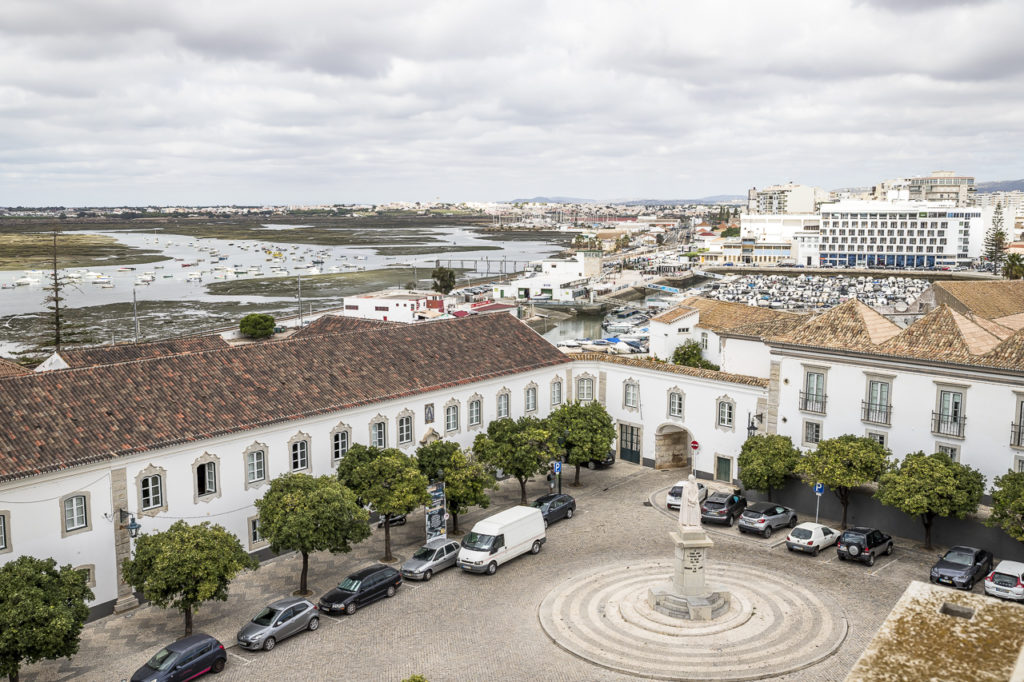Faro, Silves and Odemira are three of the 27 municipalities that had projects financed by the Financial Instrument for Urban Rehabilitation and Revitalization (IFRRU2020). This program of the Ministry of Environment and Energy Transition (MATE) closed the year 2018 with 71 contracts signed, which corresponds to an investment of 265 million euros.
The financed projects are located in Urban Rehabilitation Areas, «thus ensuring their alignment with the local urban policy», emphasizes the ministry under the supervision of João Pedro Matos Fernandes.
Besides Faro, Silves and Odemira, another 24 municipalities received IFRRU 2020 funding: Abrantes, Águeda, Aveiro, Barreiro, Braga, Cascais, Coimbra, Covilhã, Elvas, Funchal, Lisbon, Lousã, Mafra, Mangualde, Matosinhos, Mirandela, Moita, Porto, Santarém , Santo Tirso, Sintra, Trofa, Vila Franca de Xira and Vila Nova de Gaia.
After the rehabilitation, «26 of the buildings will have residential use, with the remaining 38 destined for economic activities, five for collective use equipment and two for the social area», advances MATE.
Most of the projects (55) are promoted by companies and the rest by individuals, Private Social Solidarity Institutions and city councils.
The Ministry of Environment and Energy Transition estimates that “these investments will create around 1460 jobs and secure around 500 new residents. The estimated reduction in energy consumption is greater than the consumption, for two years, of a large public hospital».
IFRRU 2020 is a financial instrument created by the Ministry of the Environment for Energy Transition, within the scope of Portugal 2020, and is the largest program to encourage urban rehabilitation launched in Portugal.
«With a financing capacity of 1.400 million euros, it provides the best conditions for investment in the rehabilitation of urban buildings», concludes MATE.


















Comments